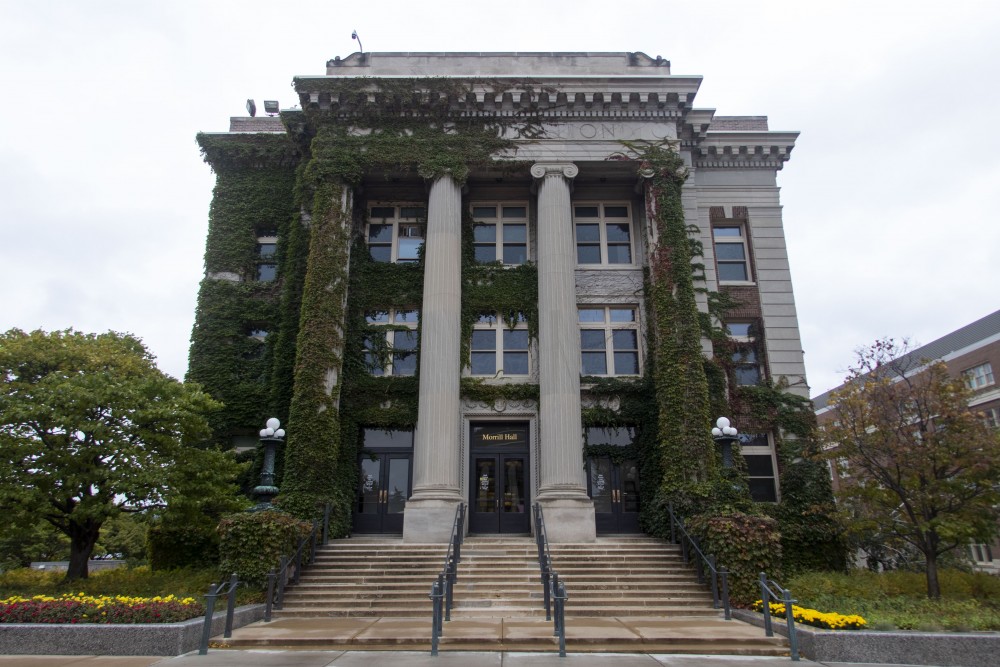After the Legislature failed to pass a bonding bill last session, University of Minnesota officials are weighing how to maximize funding from the Capitol for infrastructure needs.
The Board of Regents approved the University’s 2020 capital request to the Legislature earlier this month, which includes $200 million for Higher Education Asset Preservation and Replacement funding to maintain the University’s existing infrastructure. While some lawmakers favor the approach, some University officials say a large HEAPR ask may not be the right strategy.
The University’s 2019 capital request went unfulfilled after the capital bonding bill failed in the Senate last legislative session. This year’s $317.2 million ask contains specific infrastructure projects from last year’s request, like the Institute of Child Development and A.B. Anderson Hall on the Duluth campus, while about two-thirds of request would go toward HEAPR.
“The Legislature has made it pretty clear that the priority is maintaining the current stock of facilities before we would engage in major investments in new facilities and that’s it,” said Regent Darrin Rosha. “That was the administration’s recommendation, and I thought that was sound.”
Historically, the Legislature grants part of the University’s HEAPR request. The last request, which was fulfilled in 2018, included just $45 million of the full $200 million request. The downside of a significant HEAPR ask is that it may overshadow the most pressing needs of specific buildings in the University system, said Regent Michael Hsu.
Buildings like A.B. Anderson Hall, where classes are canceled when the weather gets too warm because it’s not air conditioned, or the Institute of Child Development, which went unfunded last year, get moved further down the list, he said.
“We need new stuff [and] we also need to take care of our old stuff,” Hsu said. “But when you start saying ‘we need all this HEAPR money but we’re going to take HEAPR money over these new projects that are also necessary,’ then you put the University in a bad position.”
Lawmakers are often attracted to newer projects over funding that would update the University’s infrastructure, said Sen. Sandy Pappas, DFL-St. Paul, ranking minority member of the Senate capital investment committee. But the University’s approach to addressing their backlog of repairs via HEAPR should be the focus, she said.
“It’s clear when you’ve been around for as many years as I have that we’re not keeping up with the HEAPR needs of the University,” Pappas said. “It’s not like they’re springing on us some fancy new project — they’re just trying to do the job of taking care of what they have and keeping up with that.”
Sen. David Senjem, R-Rochester, chair of the Senate’s capital investment committee, said the absence of a bonding bill last session doesn’t necessarily mean more of the University’s request will be fulfilled this year.
While he understands the University’s needs, it is still in competition with the $5 billion in bonding requests from stakeholders statewide.
“We work with the University, we talk these things through and try to find that right balance,” Senjem said. “We’ll just do our best in terms of trying to meet those needs.”
Lawmakers on the House and Senate capital investment committees are currently in southeastern Minnesota as part of a tour of the state to assess various stakeholders’ needs. According to Senjem, tours of the University’s Twin Cities campus will take place sometime next month.







